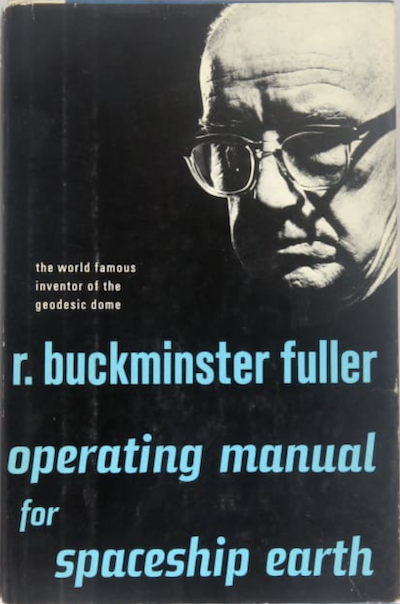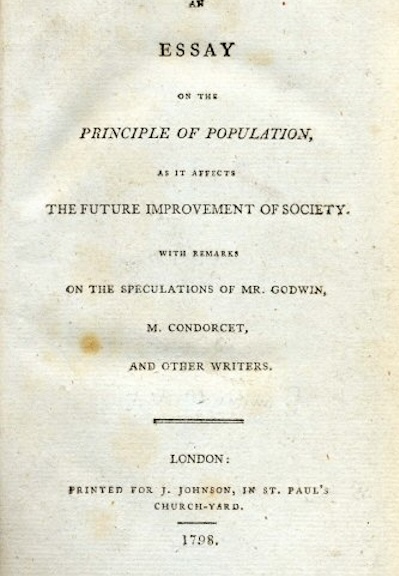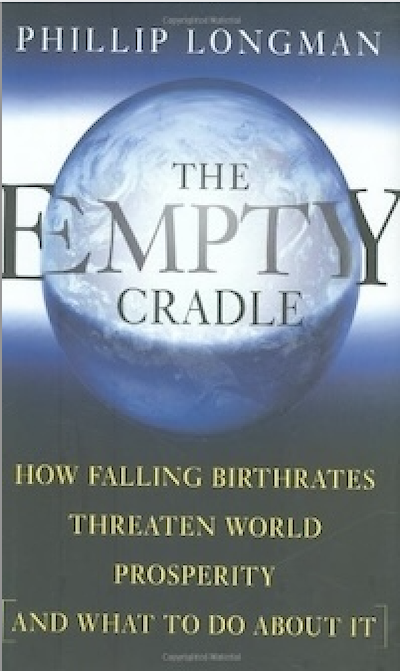Books

Atlas Shrugged, Ayn Rand, 1957
The book explores a number of philosophical themes from which Rand would subsequently develop Objectivism, including reason, property rights, individualism, libertarianism and capitalism, and depicts what Rand saw as the failures of governmental coercion. The book depicts a dystopian United States in which publicly traded companies suffer under increasingly burdensome laws and regulations. Railroad executive Dagny Taggart and her lover, steel magnate Hank Rearden, struggle against “looters” who want to exploit their productivity. They discover that a mysterious figure called John Galt is persuading other business leaders to abandon their companies and disappear as a strike of productive individuals against the looters. The novel ends with the strikers planning to build a new capitalist society based on Galt’s philosophy.

As a Man Thinketh, James Allen, 1904
It was described by Allen as “… [dealing] with the power of thought, and particularly with the use and application of thought to happy and beautiful issues. I have tried to make the book simple, so that all can easily grasp and follow its teaching, and put into practice the methods which it advises. It shows how, in his own thought-world, each man holds the key to every condition, good or bad, that enters into his life, and that, by working patiently and intelligently upon his thoughts, he may remake his life, and transform his circumstances.”

Operating Manual for Spaceship Earth, R. Buckminster Fuller, 1969
The first epoch was one run by “Great Pirates” or “great outlaws.” The source of their power is that they are the only masters of global information in a time where people are focused locally. They were aware that resources weren’t evenly distributed around the world, so that items which are abundant in one area are scarce in another. This gives rise to trade which the Great Pirates exploit for their own advantage. They established sea-trade routes to connect previously isolated populations throughout the globe. As these people took to the sea they left the local, regional laws of their original communities and entered a transitional space where they invented their own laws based on their interests in retaining special access to the Earth’s dispersed resources and to gaining power through trade. The Great Pirates had a special ability to comprehend and activate a wide range of skills and knowledges required to generalize, translate, navigate, and integrate existing systems.

Earth Inc., R. Buckminster Fuller, 1973
This book collects some of R. Buckminster Fuller’s most important recent writings on the subject of spaceship Earth: the big, interconnected, total system that is “the only one we’ve got.” These articles stress the need for considering our planet as a whole, rather than breaking it into its parts—as most of us continue to do. This theme is crucial to the thinking of Bucky Fuller, who, in addition to his many other appellations, has been called the “godfather” of the Whole Earth Catalog.

Utopia or Oblivion , R. Buckminster Fuller, 1969
A provocative blueprint for the future composed of essays derived from the lectures he gave all over the world during the 1960’s. Fuller’s thesis is that humanity – for the first time in its history – has the opportunity to create a world where the needs of 100% of humanity are met.

The Odyssey, Homer, 8th/7th Century BC
The Odyssey is one of two major ancient Greek epic poems attributed to Homer. It is one of the oldest extant works of literature still widely read by modern audiences. As with the Iliad, the poem is divided into 24 books. It follows the Greek hero Odysseus, king of Ithaca, and his journey home after the Trojan War. After the war, which lasted ten years, his journey from Troy to Ithaca, via Africa and southern Europe, lasted for ten additional years during which time he encountered many perils and all of his crewmates were killed. In his absence, Odysseus was assumed dead, and his wife Penelope and son Telemachus had to contend with a group of unruly suitors who were competing for Penelope’s hand in marriage.

Star Trek IV: The Voyage Home, Directed by Leonard Nimoy, 1986
The Enterprise goes back in time to save the Earth. A good set up to dramatically contrast our (primitive) culture with the advanced 23rd century.

Review of The Ferengi Rules of Acquisition (Star Trek: Deep Space Nine), Ira Steven Behr, 1995
The Ferengi are greedy, avaricious, ruthless, cowardly and completely unscrupulous. For centuries the famous Ferengi Rules of Acquisition have been the guiding principles of the galaxy’s most successful entrepreneurs. These 285 Rules of Acquisition range from #1 “Once you have their money, never give it back to #21 “Never place friendship before profit.”

Future Perfect: How Star Trek Conquered Planet Earth, Jeff Greenwald, 1998
A lively history of the seemingly inexhaustible popularity of the TV series and its progeny with the popular culture and imagination of America and the world features interviews with Patrick Stewart, Kurt Vonnegut, Jr., and the Dalai Lama.

Trekkies, directed by Roger Nygard, 1997
A documentary film about the devoted fans of Gene Roddenberry’s Star Trek. It illustrates how powerful and desirable the Start Trek myth is and how it resonates with people who want to live in a better world.

Future Shock, Alvin Toffler, 1970
Future Shock is a 1970 book by American futurist Alvin Toffler, written together with his wife Adelaide Farrell, in which the authors define the term “future shock” as a certain psychological state of individuals and entire societies, and a personal perception of “too much change in too short a period of time”.

Engines of Creation, K. Eric Drexler, 1986
The book features nanotechnology, which Richard Feynman had discussed in his 1959 speech “There’s Plenty of Room at the Bottom.” Drexler imagines a world where the entire Library of Congress can fit on a chip the size of a sugar cube and where universal assemblers, tiny machines that can build objects atom by atom, will be used for everything from medicinal robots that help clear capillaries to environmental scrubbers that clear pollutants from the air. In the book, Drexler proposes the gray goo scenario—one prediction of what might happen if molecular nanotechnology were used to build uncontrollable self-replicating machines.

An Essay on the Principle of Population, Reverend Thomas Malthus 1798
The book was first published anonymously in 1798 but the author was soon identified as Thomas Robert Malthus. The book warned of future difficulties, on an interpretation of the population increasing in geometric progression (so as to double every 25 years) while food production increased in an arithmetic progression, which would leave a difference resulting in the want of food and famine, unless birth rates decreased.He neglected technological advances and lowe birth rates as standards of living increased. Nice try Malthus.

The Population Bomb, Paul Ehrlich, 1971
A case study on how extrapolating present trends into the future are hopeless at prediction. Erlich persisted and doubled-down for the next 53 years to the present at age 92 despite all evidence to the contrary. He deserves a prize of sort. Now we are worried about a population crash.

The Empty Cradle: How Falling Birthrates Threaten World Prosperity And What To Do About It, Phillip Longman, 2004
The idea was controversial 20 years ago but is obvious today. Predicting the past is easy, the future is more diffiicult. Points for being way ahead of the curve.

The Sixth Extinction, Richard Leaky & Roger Lewin, 1995
Amazon show 237 results and yet here we are. Nobody buys books that say how everything is wonderful. Species have always disappeared but nobody mentions all the new life. Funding grants would go extinct. If Mark Twain were alive he would likely say that “The reports of my death are greatly exaggerated and that goes for the planet too”.

Napolean Hill, Think and Grow Rich, 1937
One of the all time best known motivational books. Controversial as the author was but helped countless people push their limits to achieve more than they thought possible.

“A Theory of Human Motivation” published in the journal Psychological Review, 50: 370-396. 1943.
Maslow postulated a hierarchy of needs, a theory of psychological health predicated on fulfilling innate human needs in priority, culminating in self-actualization.

Voluntary Simplicity: Toward a Way of Life That Is Outwardly Simple, Inwardly Rich, Duane Elgin, 1981.
This book was based on Elgin’s report on Voluntary Simplicity, co-authored with Arnold Mitchell, published by SRI in June 1976. It brought a new paradigm to millions.

The Long Emergency: Surviving the End of Oil, Climate Change, and Other Converging Catastrophes of the Twenty-First Century, James Howard Kunstler, 2006.
Kunstler predicted known oil reserves would be depleted in “30 to 40 years”. A recent estimate for 2024 is (wait for it) 40 years. The good news is he made a fortune selling books and doing talks. The other good news was that he was way way wrong.

Whole Earth Discipline: An Ecopragmatist Manifesto, 2009, Stewart Brand
The book challenges traditional environmentalist thinking around four major issues: 1. Cities are green,
2. Nuclear power is green, 3. Genetic engineering is green, 4.Geoengineering is probably necessary.

Koyaanisqatsi, Directed by Godfrey Reggio, Zoetrope Studios, 1983
In the Hopi language, the word koyaanisqatsi means “life out of balance”. This pretty much sums up the movie which is art more than dialogue.
